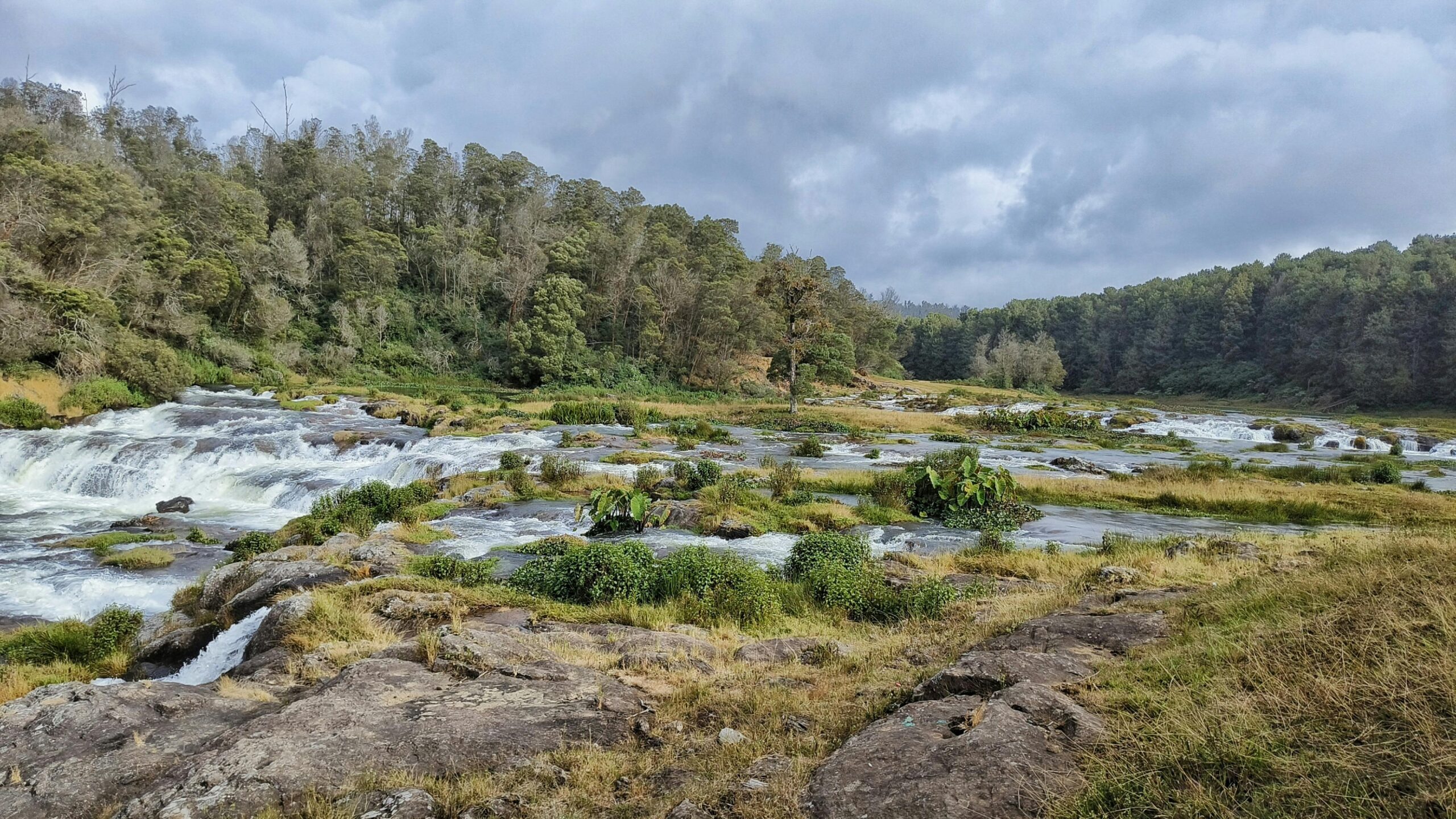Why Visit Ooty in May 2025
Ooty, India’s prized hill station, offers unmatched scenic beauty, colonial history, biodiversity, and cultural heritage, making it a compelling destination for travelers seeking nature, history, and adventure in one trip.
1. What Makes Ooty the ‘Queen of Hill Stations’?
Ooty located in the Nilgiri Hills of Tamil Nadu, India, Ooty attracts over 2 million tourists annually, according to Tamil Nadu Tourism statistics. Its elevation of 2,240 meters above sea level ensures a cool, temperate climate year-round. Known for its colonial-era charm, British-established botanical gardens, and tea plantations, the town offers a perfect escape from tropical heat. Ooty’s serene weather and picturesque landscapes have made it one of India’s most visited hill stations since the early 20th century, preserving its nickname, “Queen of Hill Stations.”

2. How Do the Nilgiri Hills Elevate Ooty’s Charm?
The Nilgiri Hills are part of the Western Ghats, a UNESCO World Heritage Site rich in biodiversity. Ooty is located in the core area of the Nilgiri Biosphere Reserve, home to over 3,300 species of flora and fauna. According to the Ministry of Environment, this region plays a critical role in India’s ecological stability. Its cloud forests, shola grasslands, and rare wildlife species like the Nilgiri Tahr make Ooty a hotspot for eco-tourism and conservation enthusiasts.

3. Why is Ooty Perfect for Tea Lovers and Agrotourists?
Ooty is the heart of the Nilgiri Tea industry, producing over 90 million kg of tea annually, as per Tea Board of India data. The town’s Tea Museum educates visitors on the evolution of tea cultivation in South India. Local tea estates offer plantation tours and tastings, making it a prime destination for agrotourism. The unique flavor of Nilgiri tea, grown at high altitudes, is known for its briskness and aroma, attracting tea connoisseurs from across the globe.

4. What’s Unique About Ooty’s Colonial and Cultural Heritage?
Founded by the British in the 19th century as a summer retreat, Ooty retains its colonial architecture in buildings like the Stone House and St. Stephen’s Church. Annual events such as the Ooty Summer Festival, hosted by the Department of Tourism, celebrate local culture, music, and handicrafts. The town also reflects the lifestyle of the indigenous Toda tribe, whose traditions and temple architecture are preserved in regional museums, making Ooty a cultural melting pot worth exploring.

5. How Does the Nilgiri Mountain Railway Add to the Experience?
Designated a UNESCO World Heritage Site in 2005, the Nilgiri Mountain Railway connects Ooty to Mettupalayam through 46 km of scenic tracks and 16 tunnels. Operated by Indian Railways, the train journey features one of the steepest track gradients in Asia. According to IRCTC, the toy train sees a 30% rise in seasonal bookings between March and June. This engineering marvel adds historical and nostalgic value, making it a highlight for railway heritage lovers.

6. Is Ooty Environmentally Sustainable for Future Tourism?
Ooty has initiated eco-friendly practices like plastic bans and regulated tourist zones to protect its fragile environment. In 2023, the Nilgiri District Administration reported a 15% improvement in local biodiversity through active conservation projects. Eco-resorts and nature camps promote responsible tourism. These green efforts aim to balance tourism with sustainability, ensuring Ooty’s natural beauty and heritage remain intact for future generations while enhancing its appeal as a conscious travel destination.

7. What Makes This Story a Must-Read?
Ooty is more than just a scenic getaway; it’s a blend of nature, culture, and history. From its ecological richness and colonial charm to tea heritage and sustainable tourism, each facet is supported by verified data and real-world impact. Understanding why Ooty thrives as a top-tier hill destination offers insights into how Indian hill stations can preserve their legacy while adapting to modern tourism needs. It’s a tale of timeless allure and conscious evolution.
Share this content:















Post Comment